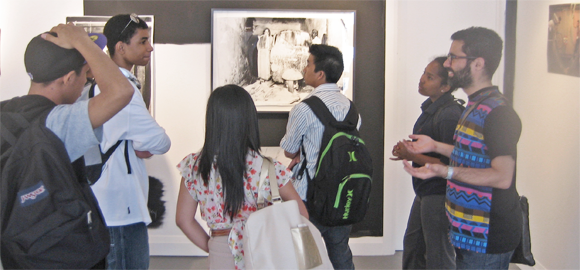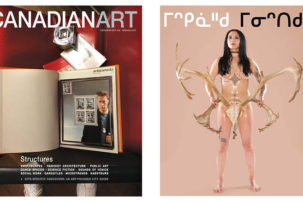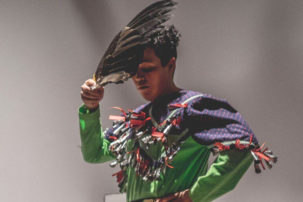Want to increase your chances of getting in to the art school of your dreams? Show the admissions committee what you’ve done outside of the classroom to improve your art, establish relationships and explore your interests.
When looking at student applications, says Terry Bailey, the director of admissions at the Nova Scotia College of Art and Design, extracurricular activities “tell us that potential students are serious—that they’ve gone beyond what’s available to them. We know that they’re committed and willing to work hard. They’re continually challenging their points of view and learning new skills and techniques.”
It’s really important, Bailey says, to expand your circle of friends and influencers. That could mean volunteering at an art gallery or a not-for-profit, or getting involved in extracurricular art groups or art classes.
The work you do in an art group, for example, can make your portfolio stand out. “We get multiple applicants from the same class,” says Bailey, “so we often see the same projects and similar responses. Although individual students can really push the boundaries of an assignment, they’re still doing homework. We want to see an indication from someone that they’re doing more than their homework—that they’re going out and doing things on their own.”
Being part of an extracurricular group in which you share your work with peers or a mentor ultimately helps you grow as an artist, while also showing that you’re committed to your work and your self. “Lots of people draw and make videos in their bedrooms,” says Bailey. “It’s good for them to go out and see how people beyond their circle react to that work. I think that’s what’s really valuable; it helps them put their experience in a bigger context.”
If you’re lucky enough to live in an area with a vibrant art scene, you can take classes at a local art gallery. If you’re from a smaller community, you can create your own opportunities. Find a way to meet an artist or a craftsperson who will inspire, teach and challenge you.
Also, look for chances to volunteer. Even an entry-level position—such as greeting people at a gallery—introduces you to the art world and allows you to join a community. In some cases, Bailey says, students get experience setting up exhibitions, which can lead to becoming involved with committees, making decisions and working on bigger gallery projects.
Even extracurricular activities that aren’t directly related to art—like working on the school newspaper, mentoring younger students, or organizing events and exhibitions—are important. They show an admissions committee that you’ve expanded your horizons, gained practical knowledge, and improved your skills—or learned new ones). And such worldly, diverse experiences can only help to improve your art school application.

 TDSB students visit Angell Gallery with artist and facilitator Oliver Husain, as part of the Canadian Art Foundation School Hop.
TDSB students visit Angell Gallery with artist and facilitator Oliver Husain, as part of the Canadian Art Foundation School Hop.







